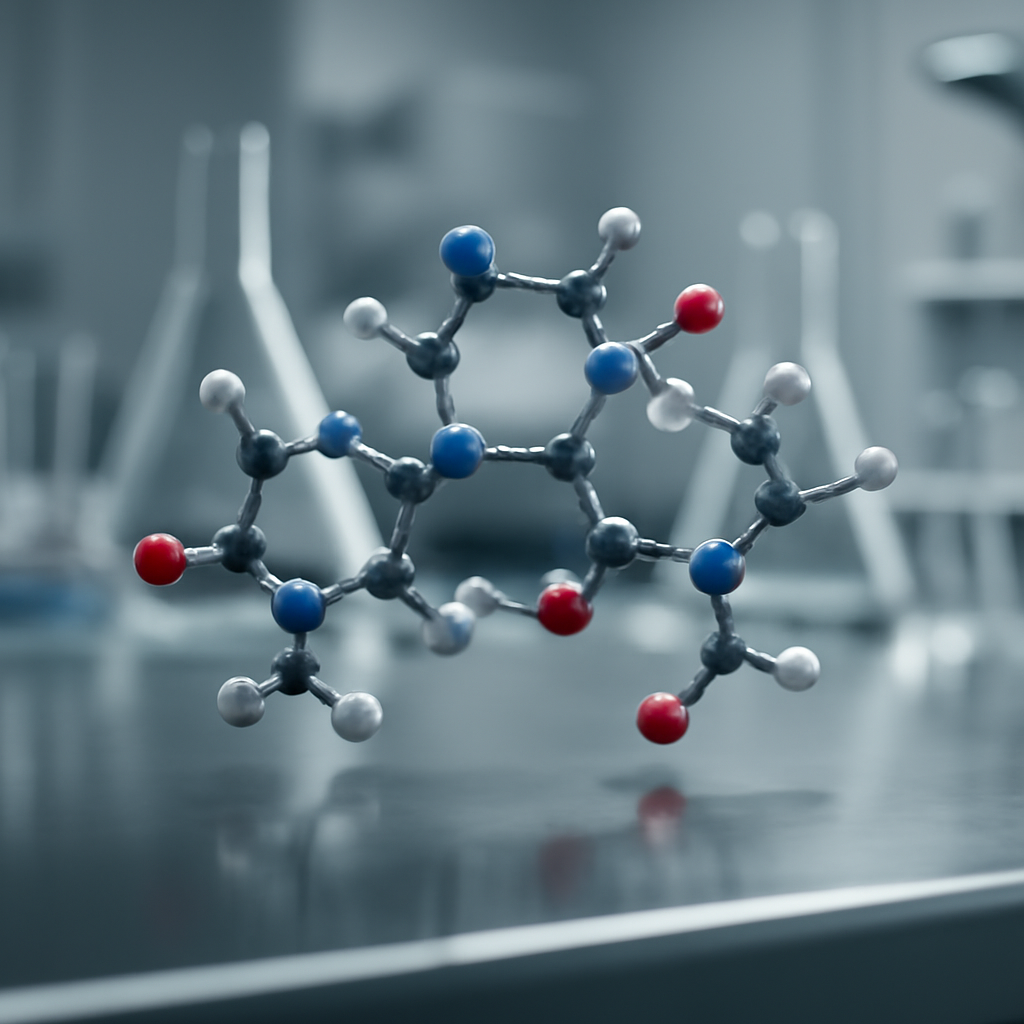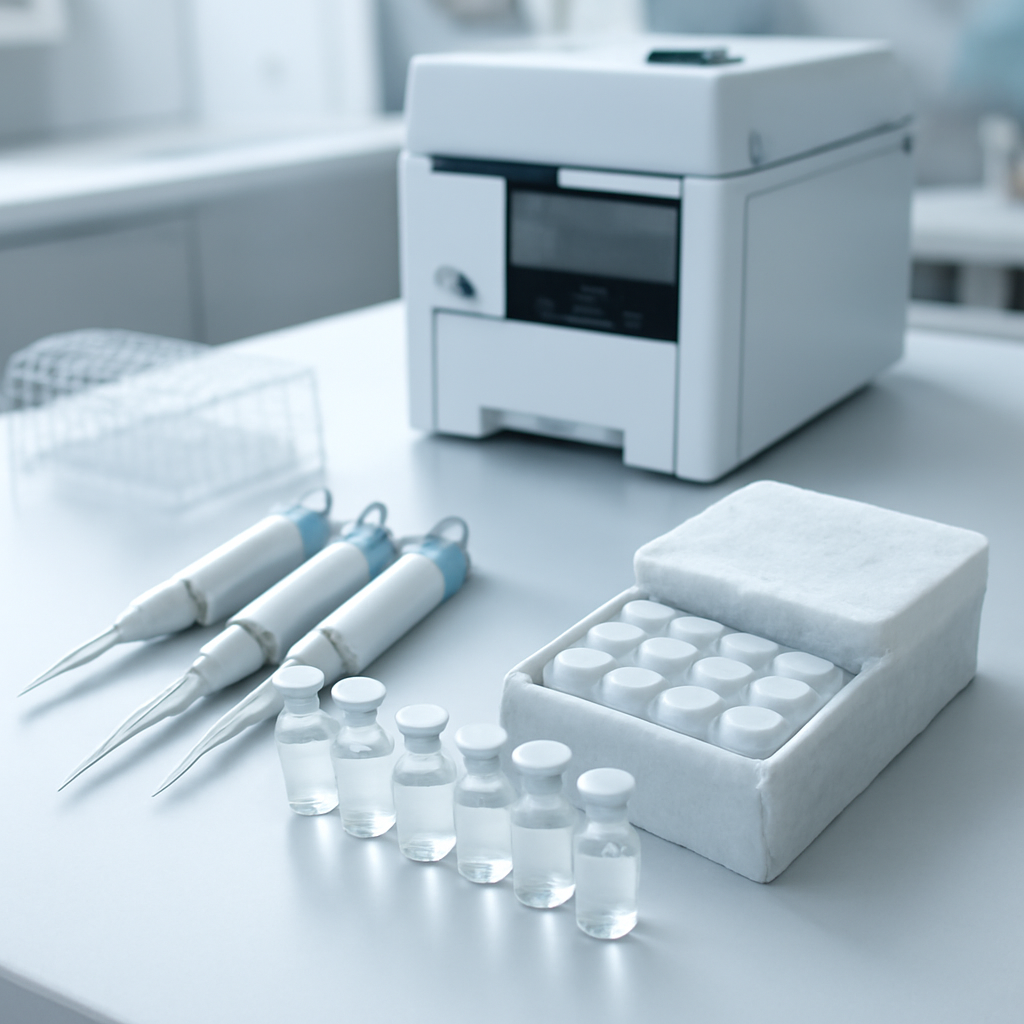Understanding the Scientific Landscape of BPC-157
In the realm of peptide research, BPC-157 has garnered significant attention due to its potential therapeutic properties observed in preclinical studies. While often associated with healing and regenerative processes, its mechanisms and safety profile remain subjects of ongoing scientific investigation. Researchers utilize BPC-157 in various in vitro and in vivo models to elucidate its molecular pathways, optimal dosing strategies, and stability conditions. Ensuring rigorous experimental protocols and understanding the molecular interactions of BPC-157 are vital for advancing research and ensuring accurate interpretation of results.
Peptide Background and Scientific Properties
BPC-157, also known as Body Protection Compound-157, is a synthetic peptide consisting of 15 amino acids. Originally derived from a sequence found in human gastric juice, it has demonstrated stability in various experimental settings. Its molecular weight is approximately 1399 Daltons, and it exhibits a high degree of resistance to enzymatic degradation, which makes it suitable for research applications. The peptide is known to influence a range of cellular processes, including angiogenesis, fibroblast proliferation, and extracellular matrix remodeling, through complex molecular pathways.
Mechanisms of Action
Cellular Pathways Affected
Preclinical studies suggest that BPC-157 modulates several key molecular pathways involved in tissue repair and regeneration. Notably, it influences the VEGF (vascular endothelial growth factor) pathway to promote angiogenesis and enhances the activity of fibroblasts for collagen synthesis. Additionally, BPC-157 interacts with the nitric oxide (NO) signaling pathway, which plays a crucial role in vascular function and inflammatory responses. These mechanisms collectively contribute to its observed effects in promoting tissue healing in laboratory models.
Receptor Interactions
While the precise receptor targets of BPC-157 remain under investigation, current evidence indicates interactions with the serotonergic and dopaminergic systems, which may mediate some of its cellular effects. It is hypothesized that BPC-157 may bind to specific receptor sites or influence receptor expression levels, thereby modulating downstream signaling cascades that facilitate cellular migration, proliferation, and angiogenesis. Further research is essential to delineate these receptor-mediated mechanisms fully.
Research Use and Experimental Protocols
In laboratory settings, BPC-157 is typically utilized in animal models to study tissue regeneration, wound healing, and gastrointestinal protection. Dosing regimens vary based on the model and desired outcomes but generally involve subcutaneous or intraperitoneal injections. Doses in preclinical research often range from 10 to 10,000 micrograms per kilogram, with careful titration to assess dose-response relationships. Researchers emphasize the importance of consistent delivery methods, appropriate controls, and detailed documentation of experimental conditions to ensure reproducibility. Storage of BPC-157 requires refrigeration at -20°C, protected from light, to maintain stability over extended periods.
Comparison with Other Research Peptides
BPC-157 is often compared with peptides like CJC-1295 and Tesamorelin, which are also studied for their regenerative and metabolic effects. Unlike these peptides, which primarily influence growth hormone pathways, BPC-157’s unique profile involves promoting angiogenesis and tissue repair directly through molecular interactions with growth factors and cellular signaling pathways. Researchers must consider the distinct mechanisms, stability, and dosing protocols when selecting peptides for their experiments, ensuring alignment with the specific objectives of their study.
Storage, Stability, and Handling
Proper storage of BPC-157 is crucial to preserve its bioactivity. It should be stored lyophilized at -20°C and reconstituted with sterile water or saline just before use. Once reconstituted, BPC-157 solutions are typically stable for up to four weeks when refrigerated at 4°C. Avoid repeated freeze-thaw cycles to prevent degradation. Handling protocols should include the use of sterile techniques to prevent contamination, and aliquoting can help reduce waste and maintain peptide integrity over time. Protecting the peptide from light and moisture further extends its shelf life.
Conclusion
As a research tool, BPC-157 offers a promising avenue for studying tissue regeneration, vascular health, and inflammatory processes. Its stability, mechanism of action, and potential to modulate key molecular pathways make it a valuable compound in preclinical investigations. Researchers should carefully consider dosing, storage, and experimental design to maximize data quality and reproducibility. Continued scientific inquiry will further clarify its mechanisms and optimize its application in various research contexts.
Disclaimer: This content is for educational and research purposes only. None of the peptides mentioned are intended for human use.


